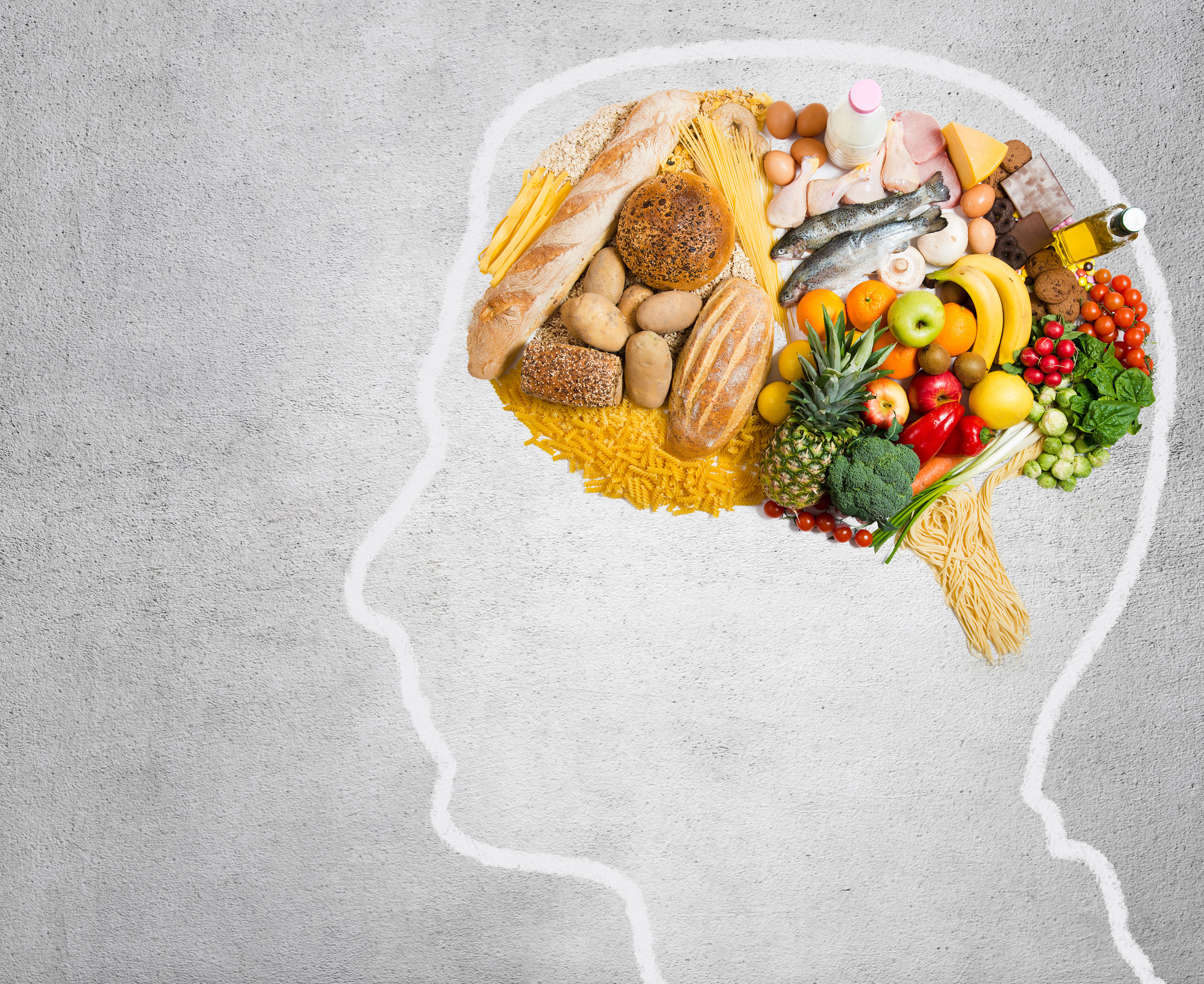
5 timeless habits for better health

What are the symptoms of prostate cancer?

Is your breakfast cereal healthy?

When pain signals an emergency: Symptoms you should never ignore

Does exercise give you energy?

Acupuncture for pain relief: How it works and what to expect

How to avoid jet lag: Tips for staying alert when you travel

Biofeedback therapy: How it works and how it can help relieve pain

Best vitamins and minerals for energy

Should you take probiotics with antibiotics?
Back Pain Archive
Articles
Reduce or avoid back pain during these everyday activities
A number of strategies can help when back pain strikes suddenly. When driving, for example, a person can turn on heated seats if a vehicle has them, or use a lumbar pillow. Someone who has pain when sitting at a desk can get up, walk around, and do some stretches. If back pain lasts more than a week, the person should see a doctor for an evaluation. The first line of defense will most likely be exercise and strengthening regimens—two keys to staving off an aching back.
Certain medications are better than others for managing spine pain
Certain medications are safer and more effective than others for treating spine pain in older adults, according to a recent study. Among these are the over-the-counter drugs acetaminophen (Tylenol) and ibuprofen (Advil) and some nerve pain drugs, muscle relaxants, and antidepressants.
Relieve low back pain with stretching
Stretching the muscles that support the spine can help alleviate persistent or recurring low back pain. The muscles to stretch include the erector spinae muscles along the spine, the iliopsoas muscles connecting the spine to the lower limbs, and the abdominal muscles in the front of the body that help prop up the torso. Other muscles that support the back include those in the front of the hips, back of the thighs, and buttocks. An example of a back stretch is lying on a bed and pulling the legs close to the chest for half a minute.
Back pain: Will treatment for the mind, body—or both—help?
Low back pain is a leading cause of disability worldwide. A recent review of dozens of studies suggests that combining physical therapy with psychological approaches to treating pain led to better overall results in improvement of pain.
Rowing or paddling after age 60
Water sports that use oars or paddles are effective forms of exercise with many health benefits. However, the sports may pose health risks, especially after age 60. The sports have a repetitive component to them. Paddling can stress the shoulder tendons. Rowing can lead to low back strains. Neither sport would be a good idea for people with tendinitis at the shoulder, elbow, or wrist; a diagnosed back problem such as a disc injury or spinal stenosis; or a previous back surgery.
Pool therapy beats physical therapy for chronic low back pain
A small, randomized trial published online Jan. 3, 2022, by JAMA Network Open suggests that aquatic or pool therapy is more effective at reducing chronic low back pain than physical therapy.
Easy exercises to shore up your core
Strong core muscles—those in the abdomen, back, sides, pelvis, hips, and buttocks—support cardiovascular health by helping people stay active. Easy core exercises include chair stands, standing leg lifts, and walk-and-carry exercises. The latter are especially helpful because they strengthen many muscles at the same time and simulate real-life activities such as carrying groceries or a laundry basket.

5 timeless habits for better health

What are the symptoms of prostate cancer?

Is your breakfast cereal healthy?

When pain signals an emergency: Symptoms you should never ignore

Does exercise give you energy?

Acupuncture for pain relief: How it works and what to expect

How to avoid jet lag: Tips for staying alert when you travel

Biofeedback therapy: How it works and how it can help relieve pain

Best vitamins and minerals for energy

Should you take probiotics with antibiotics?
Free Healthbeat Signup
Get the latest in health news delivered to your inbox!
Sign Up











